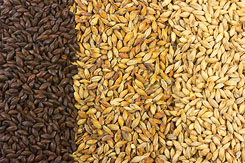 The market is flooded with different types of barley malts, and each variety has its own character. To a large extent, the flavor and strength of the beer depend on the malt that is used in the beer recipe.
The market is flooded with different types of barley malts, and each variety has its own character. To a large extent, the flavor and strength of the beer depend on the malt that is used in the beer recipe.
The salient features of different varieties of barley malts are as follows.
- Crystal Malt: The crystal malt adds color, body, and flavor to the beer. In these malts, the starch is already converted into caramelized and soluble sugars, hence a plain water steep is all that is required to extract flavors. They are well suited for augmenting malt extract in a beer recipe.
- Cara-pils and Dextrin Malt: These malts have complex starch content and are light in color. When these malts are mashed, diastatic enzymes convert dextrin into a soluble form.
- Two Row Pale Malt: Most all-grain brewing recipes use pale malt because it contains starch and needs mashing in order to make soluble fermentable sugars. It is light-colored, has a crisp flavor and contains a lot of diastatic enzymes.
- Specialty Malts: Briess offers top-notch handcrafted malts which are most suited for steeping. Briess malt extracts is a popular choice when it comes to extract brewing. The carapils malt is innovative and different than the other dextrin malts available in the market.
- Pilsner malt: It has the lightest flavor and color and is used as a base grain in light German styles. During mashing, pilsner malt generally needs protein rest. Some varieties of this malt (especially those with low enzyme levels) need careful mashing.
- Chocolate malt: It requires a fairly high kiln temperature to produce, which creates a dark brown color and a rich flavor. Chocolate beer malt renders a roasted, nutty flavor to the beer. It is a vital ingredient in stouts and porters.
________________________________________________________
Read More About Barley Grains And Other Brewing Topics,
FREE EMAIL NEWSLETTER:


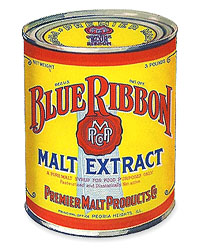 My dad used to make home brew in the 50s and 60s with Pabst Blue Ribbon malt. A website directed me to you for the malt. I don’t find any of your malts with a reference to Pabst Blue Ribbon. Can you help me please! Thanks in advance.
My dad used to make home brew in the 50s and 60s with Pabst Blue Ribbon malt. A website directed me to you for the malt. I don’t find any of your malts with a reference to Pabst Blue Ribbon. Can you help me please! Thanks in advance.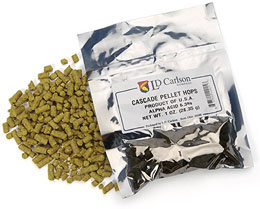
 I used too much
I used too much 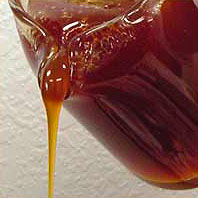
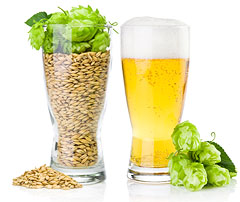 Beer is that one magic drink that none of us can stay without. Moreover, why would anyone even think of staying away from it? It is one of the lightest yet most soothing drinks available on the market.
Beer is that one magic drink that none of us can stay without. Moreover, why would anyone even think of staying away from it? It is one of the lightest yet most soothing drinks available on the market.
 In olden times, beer was stored in wooden casks but in the modern scenario, people mostly use beer kegs. For those who have just stepped in home brewing or are novice in this field, some tips on
In olden times, beer was stored in wooden casks but in the modern scenario, people mostly use beer kegs. For those who have just stepped in home brewing or are novice in this field, some tips on 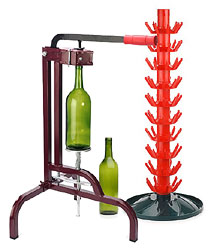 There are many steps to home winemaking, and each individual step is critical in maintaining the quality and acceptability of your homemade wine. First, you have to prepare the must either from juice or the fruit itself. Next, the must undergoes fermentation to convert the sugar in the must to alcohol. Further racking, clarifying, stabilizing, and aging steps help develop the wine to an even greater quality. Once you’ve past these steps, you may think you’re in the clear; however, bottling homemade wine is just as important as any one of the previous steps for maintaining homemade wine quality.
There are many steps to home winemaking, and each individual step is critical in maintaining the quality and acceptability of your homemade wine. First, you have to prepare the must either from juice or the fruit itself. Next, the must undergoes fermentation to convert the sugar in the must to alcohol. Further racking, clarifying, stabilizing, and aging steps help develop the wine to an even greater quality. Once you’ve past these steps, you may think you’re in the clear; however, bottling homemade wine is just as important as any one of the previous steps for maintaining homemade wine quality.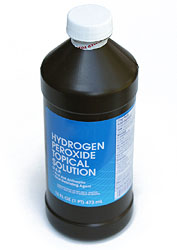 Ed,
Ed,